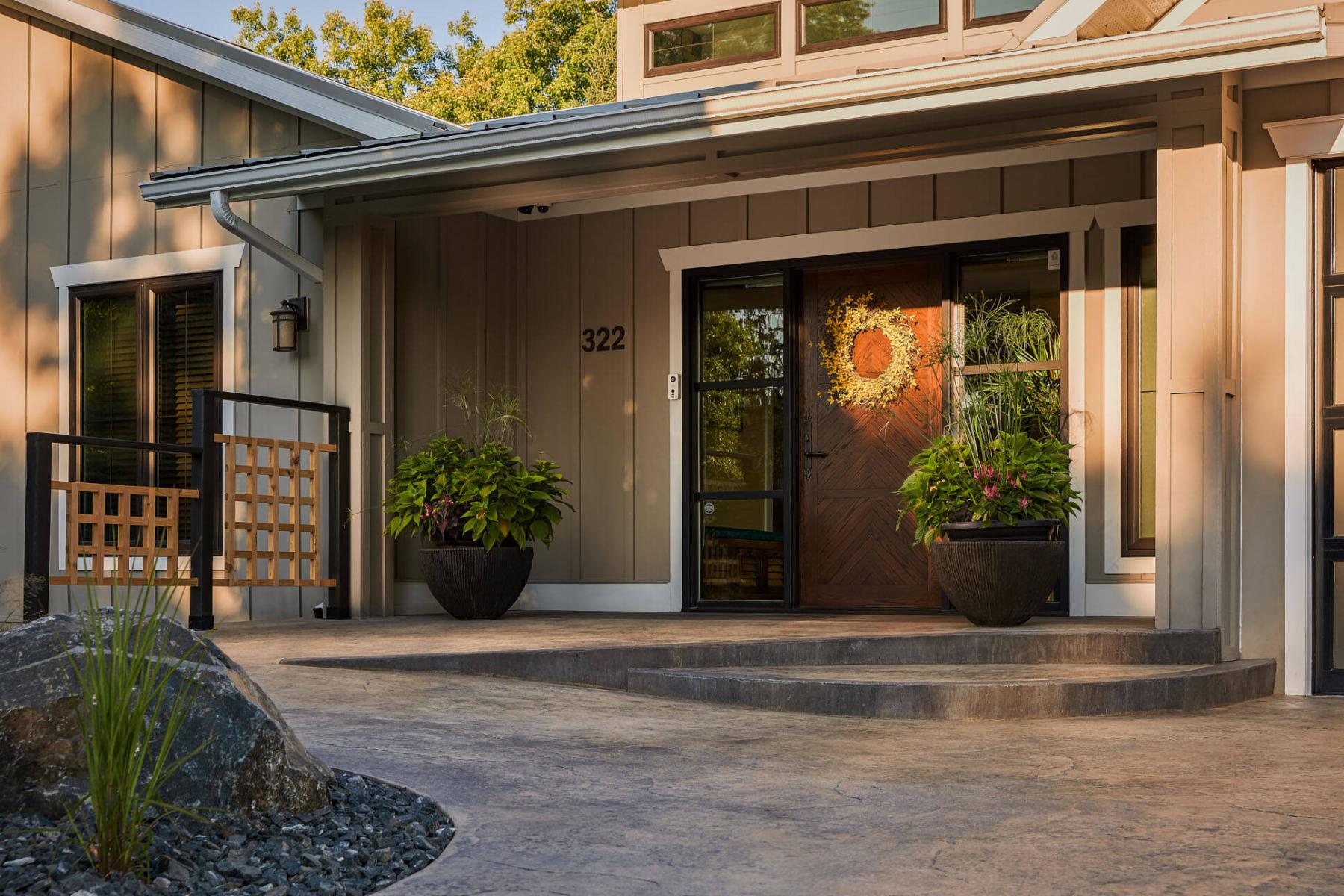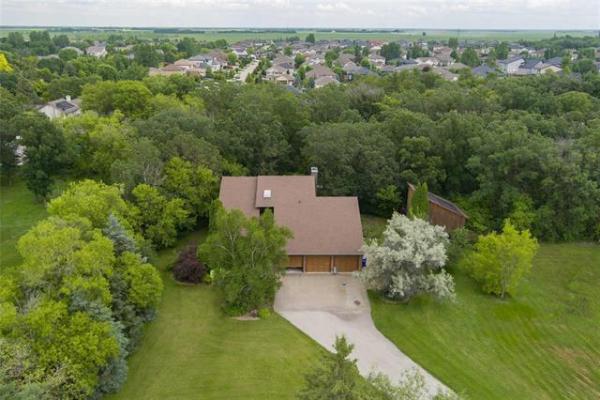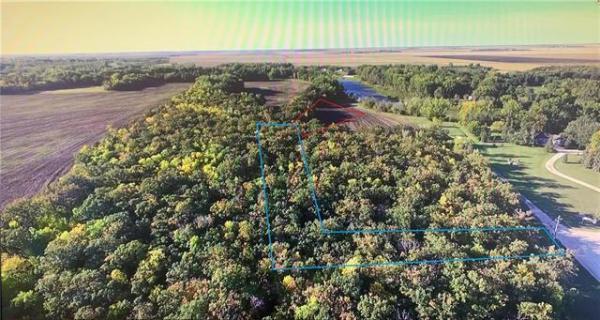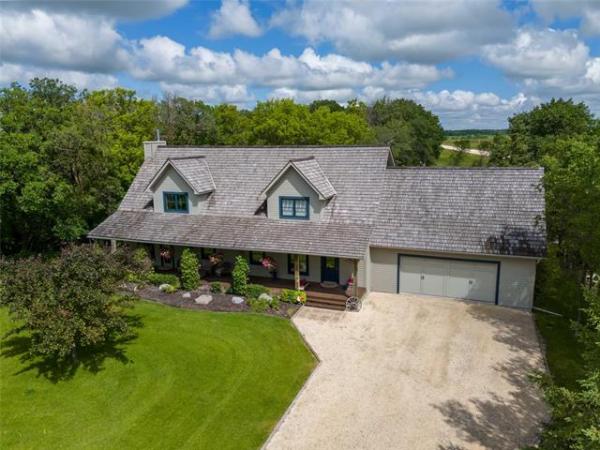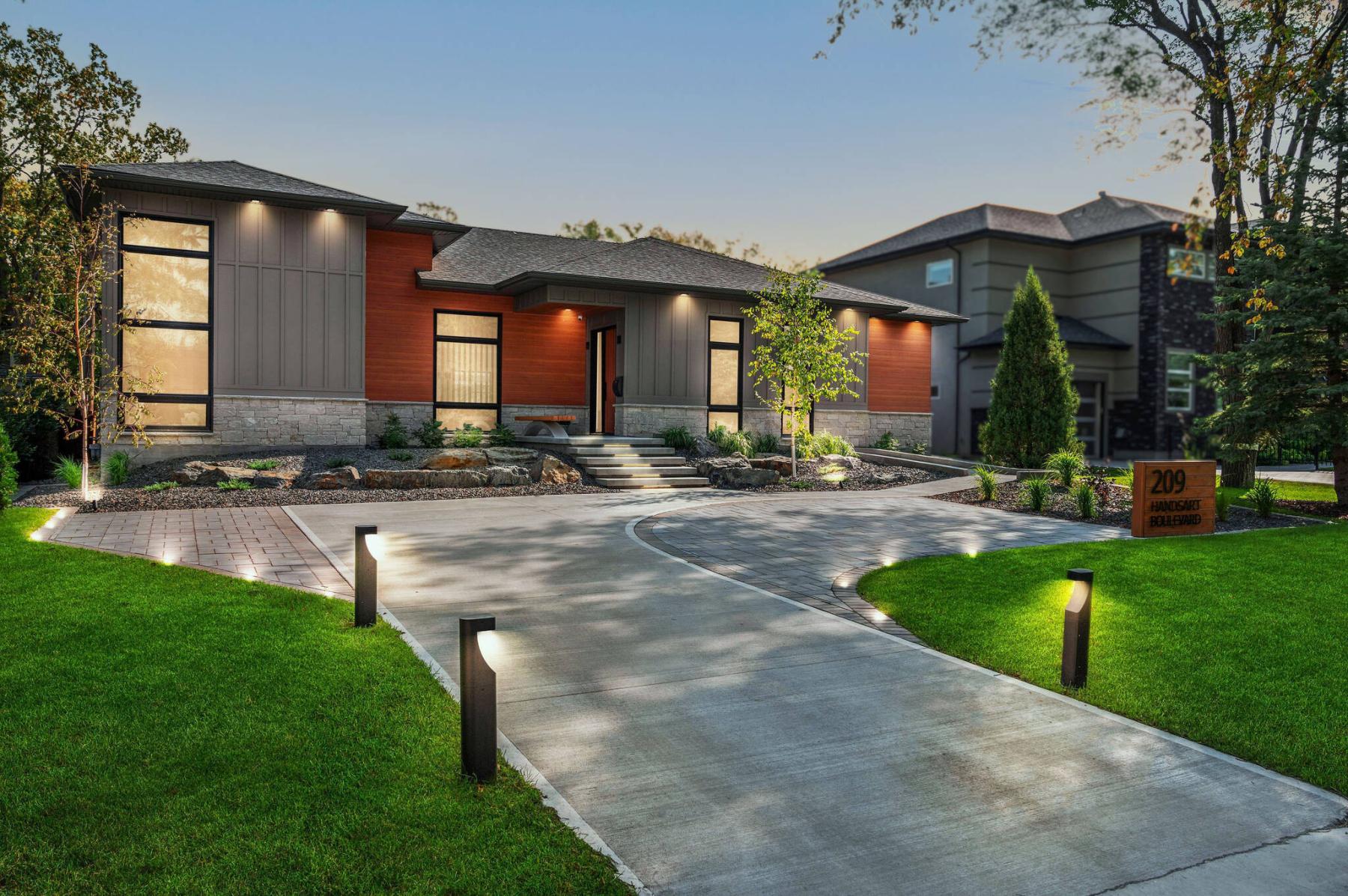
B. Rocke Landscaping
Accessible design allowed for the creation of a wheelchair ramp that does not look like a traditional one for this Winnipeg property.
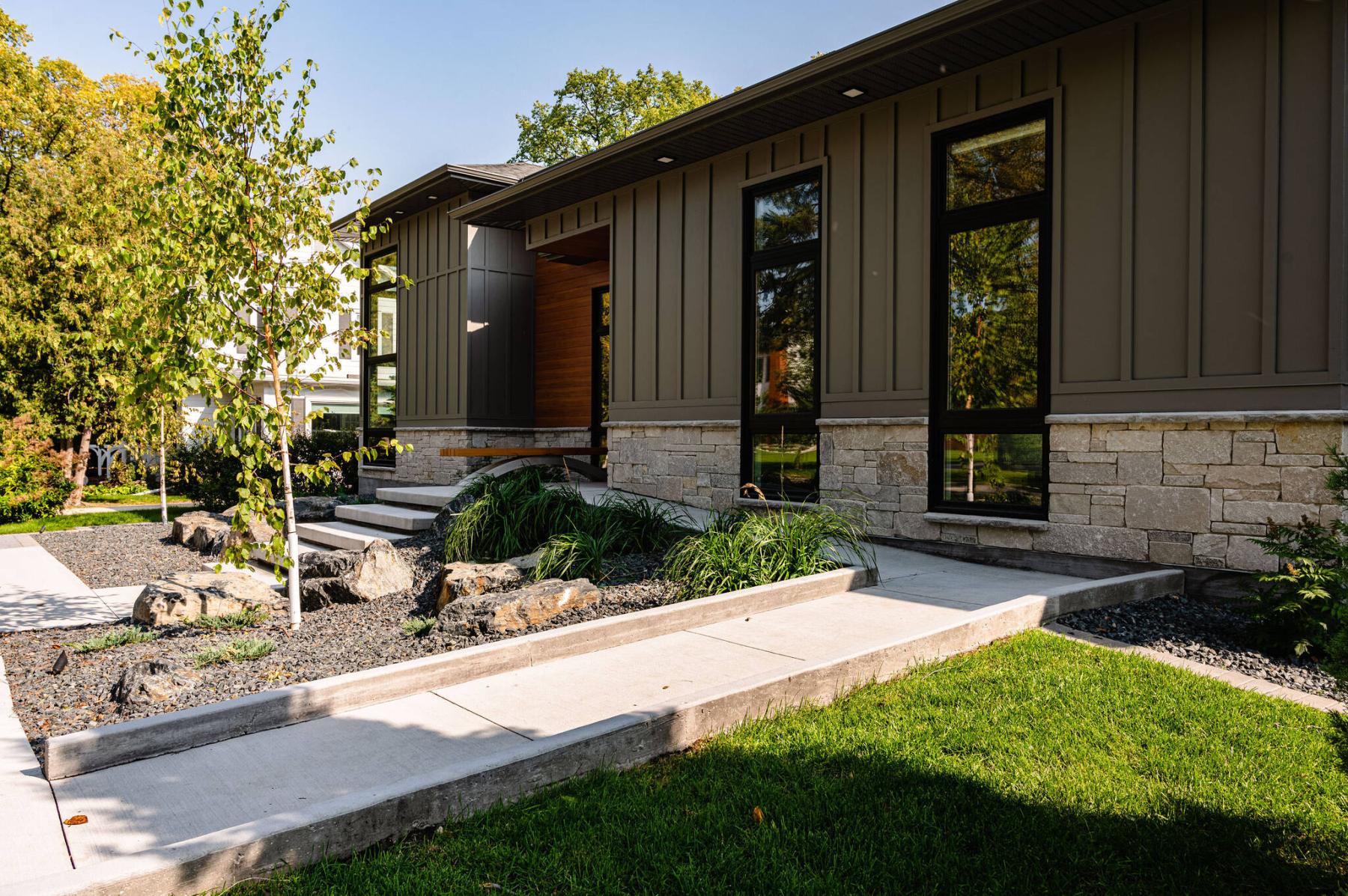
B. Rocke Landscaping
Proper grading and wide concrete sidewalks make it easier for people who use walkers and wheelchairs to access their residence.
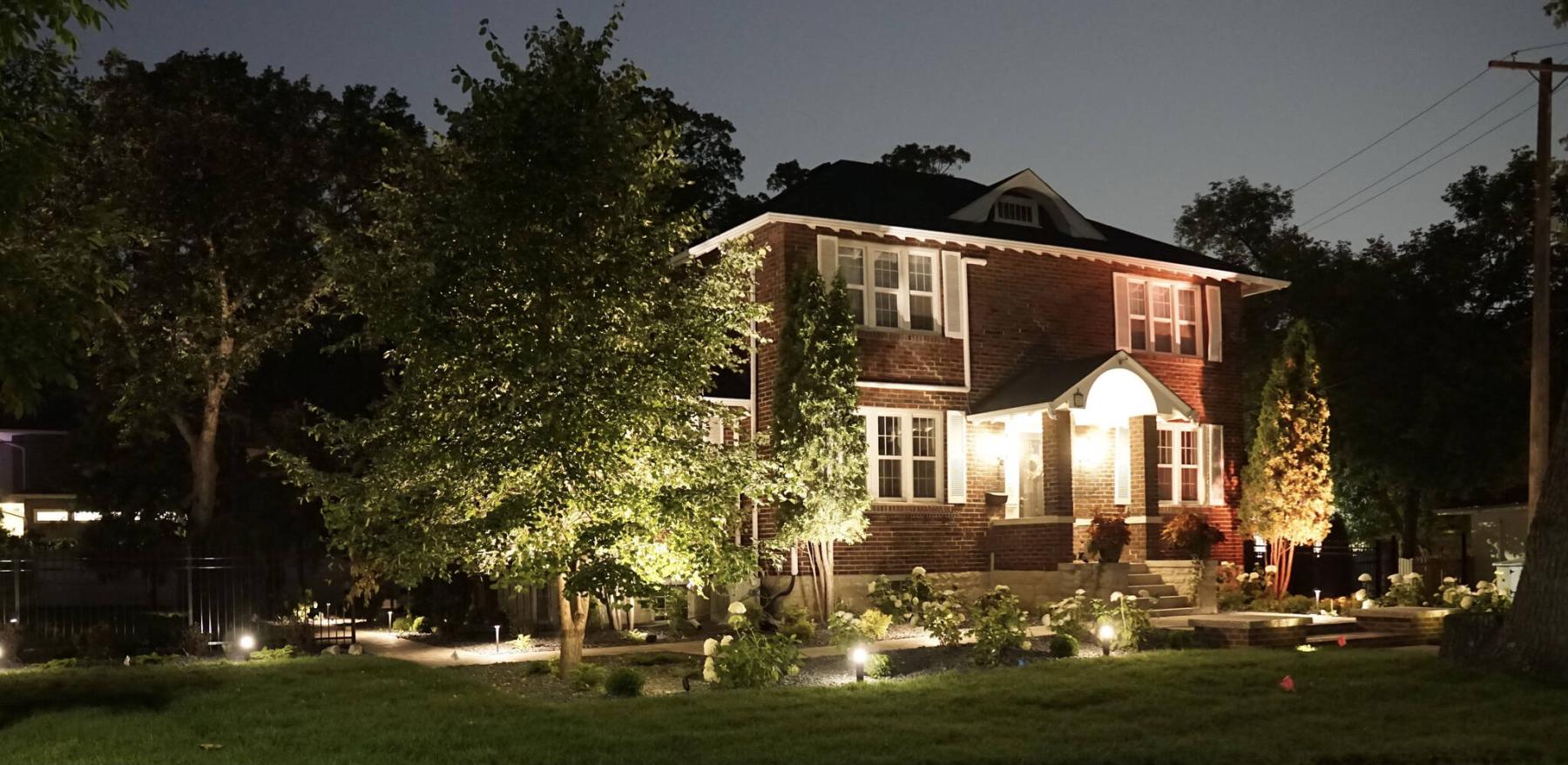
B. Rocke Landscaping
Extend your enjoyment of the outdoors and improve the safety of your yard by adding landscape lighting.
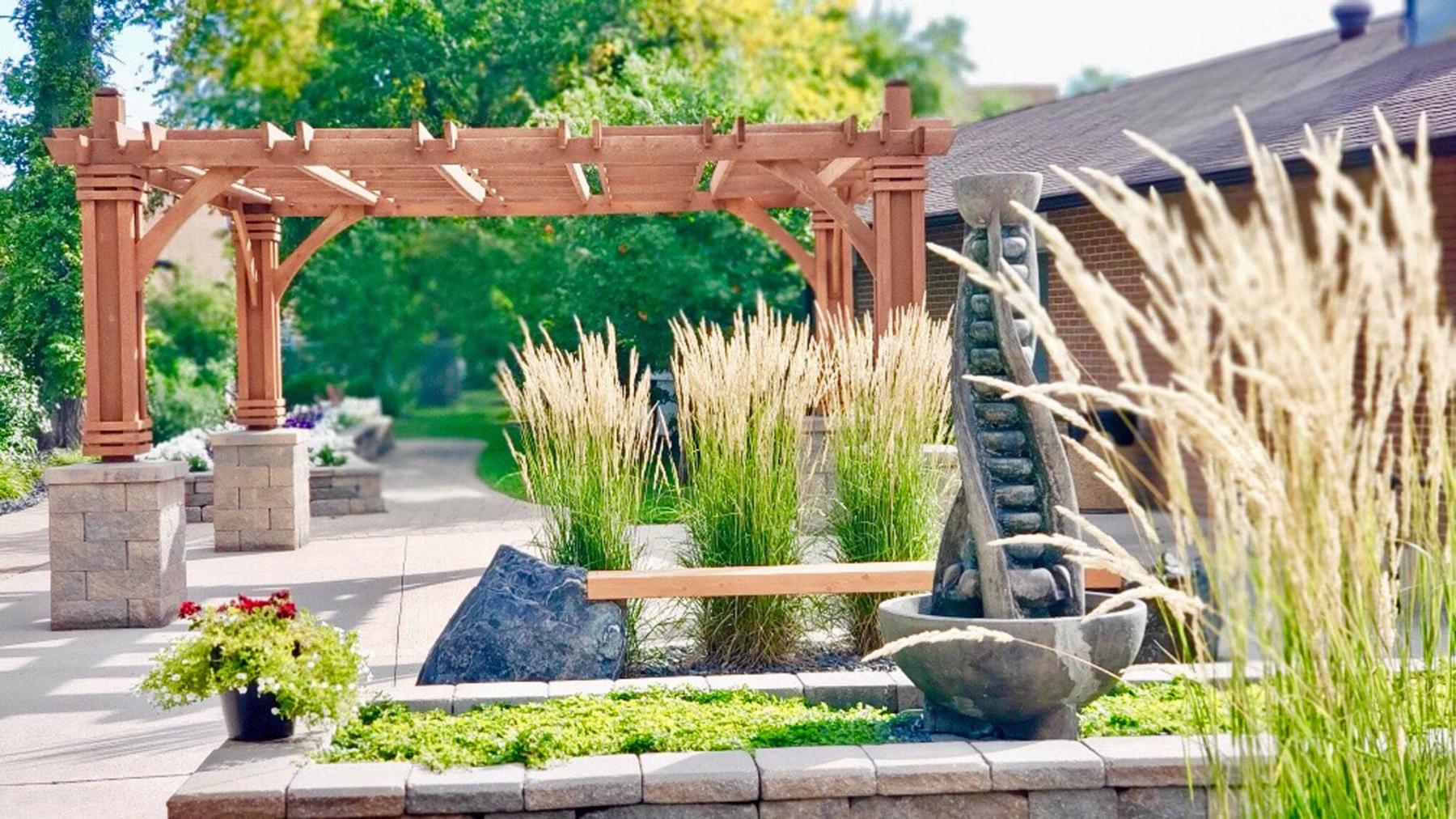
B. Rocke Landscaping
Raised plant beds should be designed at bench height to accommodate seating as well as easy access to plants.
With the arrival of the first day of spring, it’s almost time for the much-anticipated spring walkabout on our property to assess the landscape and garden after months of winter. For now, we must be cautious about navigating snow-covered or icy pathways. Wooden stairs and decks may also be slippery.
How accessible is your landscape year-round? Could you safely and easily navigate your property if you were to have a permanent or temporary disability? Is your garden design adapted to suit your changing needs as you age?
Accessible landscape design focuses on adaptations such as wide and smooth pathways, raised plant beds, benches, landscape lighting and other features that make it easier for individuals to interact safely and independently with their outdoor environment. Inclusive design considers the diverse needs of everyone who visits your property.
Byron Rocke is a designer and real-estate developer and owner of B. Rocke Landscaping. “There is an increased focus on house design that allows homeowners to age in place,” says Rocke, “and I think this is something we will see more of, but I also think many homeowners are not aware of accessible landscape design.”
Rocke says it is not only an aging population that is prioritizing accessibility. “Children who have parents who are getting older are deciding whether to have their parents live with them and if so, they are asking about how to change their landscape to accommodate their parents’ needs, whether they are in a wheelchair or use a walker or need railings.”
In my own example, I needed to modify my steeply sloped backyard by incorporating steps so my parents could safely access my flower garden.
One of the most frequent inquiries regarding accessibility Rocke receives is how to design a wheelchair ramp so it doesn’t look like a wheelchair ramp.
“Most people when they buy their home don’t think about the ability to safely and easily access their front entry,” says Rocke. “It’s not just about how you get up the stairs to the second level of your house as you age, you have to actually be able to get into your house.”
Clients of Rocke’s who are retired and like to spend their time travelling became concerned about the accessibility needs of their parents but also realize their own needs could change in the future. “They did not want to have a ramp or railing at their front entrance but wanted the option that a railing could be added later,” says Rocke.
“To preserve the look the client wanted, I used what is known as biomimicry which incorporates the spiral ratio that is found in nature,” he says. Biomimicry design creates sustainable solutions based on forms and functions found in nature. Think of the spiral pattern, for example, found in the arrangement of petals in a sunflower or the array of scales of a pine cone.
Rocke first became interested in biomimicry after reading The Shark’s Paintbrush: Biomimicry and How Nature is Inspiring Innovation by Jay Harmon (Blackstone Publishing, 2013).
“A wheelchair ramp with big railings that are three-feet tall sticks out like a sore thumb in front of a house, so instead, I basically made a sidewalk, and I spiralled it,” says Rocke. “Then I raised the landscape inside of that spiral and on the sides. It then just becomes a sidewalk, but acts as a wheelchair-accessible ramp except that you wouldn’t even be able to tell.”
For another client who did not want a wheelchair ramp, Rocke made changes to the grade of the landscape. “I raised the grade around every slope so there is no drop off anywhere on the landscape and then I added curves on the higher part of the landscape.”
Rocke always encourages clients to choose finished surfaces for ramps that are smooth, such as cast-in-place concrete. Paving stones can become loose, or the stones may tilt after time and need to be reset. Large gaps that can develop between pavers can make it difficult to navigate with a wheelchair or walker. A floating walkway with gravel between each paver can also become a tripping hazard if the pavers sink and become uneven, says Rocke.
In place of a railing at the front entrance for his client, Rocke designed a bench. “A bench has to be designed to a certain height — 45.72 cm off the landing,” he says. To make it look interesting, he created a unique arc shape. “It looks as though it is floating but there is a flat piece of steel welded to the top peak of the arc so it is perfectly secure.”
The bench has many practical functions. It offers better access to packages that are delivered, for example, so the homeowner does not have to bend down.
What are some of the other ways a surrounding greenspace can be made safer and more navigable for the homeowner who uses a walker or wheelchair and wants to be able to access garden beds or their patio? “It depends on the client’s needs, of course, but it’s important there are no obstructions. You want minimal steps wherever possible,” says Rocke.
Rocke says he learned a lot from projects he designed for personal care homes. “We created smooth and wide paths with easy access to the patio and sitting areas. Raised beds were designed and built at bench-seating heights but also wide enough so the top of the brick accommodates seating. We also designed the raised beds so they were reachable into the middle to give better access to plants.”
Landscape lighting is another key component of enhancing your landscape design for safe and easy access, says Rocke. “I make a lighting plan for all my designs. When you see a landscape lit up at night, it looks beautiful and gives a different feel when you walk around it at night when it is nice outside.” Rocke recommends using pathway lights that can be easily adjusted to direct light wherever it is needed.
Studies show gardening and spending time outdoors has many health benefits. The ability to access and enjoy a welcoming outdoor space enhances our well-being. Creating an accessible landscape will allow you to spend more time outdoors, as well as more opportunity to garden and to share your outdoor space with others.
colleenizacharias@gmail.com
For advice, ideas and tips to keep your outdoor and indoor plants growing, sign up to receive Winnipeg Gardener, a free monthly digital newsletter I write for the Winnipeg Free Press at winnipegfreepress.com/newsletter/winnipeg-gardener

